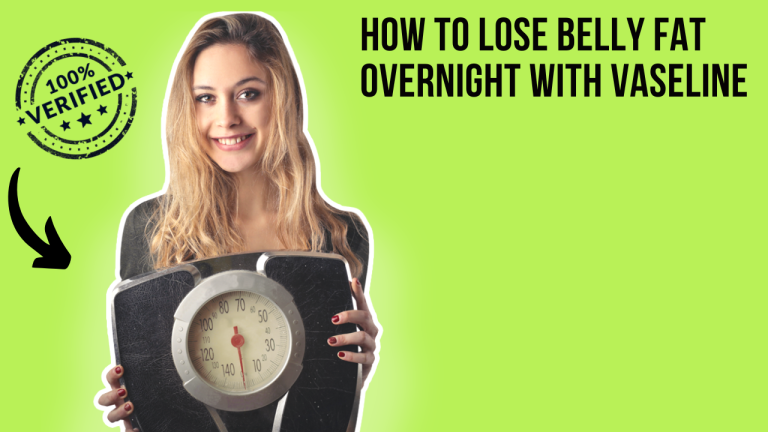Metabolic Cooking Review
Having the proper diet plays a big part if you’re trying to lose weight. In fact, studies have shown that eating right contributes more to gaining or losing weight than exercise itself. This is why we see tons and tons of weight loss cookbooks and diet programs around.
My problem with most weight loss programs is that they either starve you for certain periods or they make you eat food that you don’t really like. From my experience, doing either of these methods work but only for a short period of time. After that, you give in. I’ve lost weight in the past using different diet methods but after a few months, I see something I crave and lose my incentive for dieting and slowly gain the weight back.
What I’ve discovered over the years is that diet and weight maintenance is more of a lifestyle. Sure you can go through a diet program for a while to lose a big amount of weight but after that you have to figure out a way to keep that weight down and not gain in all back. Another important thing for me when dieting is to make sure that I get enough nutrients in what I eat.
One set of books I’ve found to be particularly useful is Metabolic Cooking, and this is my Metabolic Cooking review that looks into the program created by Dave Ruel and Karine Losier.
If you’re more interested in cooking for building muscle, Dave Ruel’s Anabolic Cooking book would be a better fit.
About Metabolic Cooking
This program is actually a set of recipe cookbooks along with some educational materials. I was surprised to get so many books in the set thinking that I only got the cookbooks. In total, there were more than 10 books in pdf format.
This was good and bad. Good in that it offered a wide variation of options for me to choose from. Bad, in that something having way too many choices confuses you and makes you lose focus.
The primary goal of the program is to give us a way to enjoy healthy, weight losing foods we can prepare that are still delicious. I’ve gone through a lot of cookbooks and diets, and it is seldom you find all those characteristics present.
The goal of the cookbooks and recipes were fourfold:
- The recipes were healthy, delicious and promoted fat loss.
- The dishes were designed to be fast and easy to prepare.
- They use simple ingredients that you can find in the local supermarket.
- Foods and dishes were made so that the entire family could enjoy them.
Inside the Weight Loss Recipes
When you put them all together, there are over 250 healthy recipes in the books. They were divided into the different types of foods. So there was one book for chicken and poultry, another for fish and seafood, yet another for breakfast recipes and so on. All of the dishes were created with our metabolism in mind and promoting fat loss.
Each dish is shown with the picture of the finished product on one side and on the other all the things you need to know about the dish. These included:
- Ingredients you to prepare for the dish.
- Instructions to make the dish.
- Number of Calories for one serving.
- Breakdown of the amount of proteins, carbs and fats per serving. These were shown in grams.
Breakdown of the Cook Books in the Set
Normally there isn’t really much need for organization when it comes to cookbooks. After all, these book often come in one large hardbound shape. In this case however, it would have been helpful to have a main cookbook or guide that will help us find the different books. That’s because there were so many books in the set. So the first thing I’d suggest you do is just organize things so you know where to find what.
Main Recipes Books
For me, the biggest value were in the main cookbooks. There are nine of them in all. You want to gather them together. They’re actually quite easy to find because they are based on the different types of food groups. So the 9 books are:
- Breakfast
- Chicken and Poultry
- Fish and Seafood
- Pork
- Red Meat
- Vegetarian
- Sides
- Snacks
- Smoothies
Inside each of them are recipes that help boost your metabolic rate in order to help with losing fat. For me breaking them up this way made it much easier to find recipes based on what I had in the fridge or I new was fresh in the supermarket.
Other Books Included
Once you’ve gotten the main recipe cookbooks organized, you’ll want to review the rest of the books. These are bonus books that have been included and some of them are really very useful. These include:
- The Fat Loss Optimizer
- A Salad Builder Helper
- The Seasonings Guide
- Supplement Guide
- Quick Sheets that help you find things
Of these bonus books, the one that I learned most from was the seasonings guide. It opened my eyes to different ways of adding flavor to food that does not involve our usual salt, pepper, and sugar.
Drawbacks of the Metabolic Cooking Books
- The addition of a main guide book would have been great from an organization point of view. It took me a while to figure things out and I had to go back to their website to see how to organize the many books that were included.
Positives
- I love that they covered all the different food groups and divided them. This allows me to set aside one day a week for vegetarian dishes which I’ve been trying to get my family to get used to. Covering the different types of foods also gives us cooks variety since not everyone will be eating red meat, while others stay away from shellfish.
- With over 250 recipes, I can flip through the pages, and skip through those that I’m not too sure of knowing I still have other options to choose from.
- I enjoy that they make the ingredients simple to find, and that I don’t need to go to some health store or buy more expensive ingredients from Whole Foods just to eat healthier for me and my family.
- The recipes are easy to make even if you don’t have much cooking experience. They often are made up of just a number of ingredients and a few steps to prepare.
- The nutritional values are very helpful too. I mostly look at the calories per serving, and the fat. If you’re really counting what you eat or are a bodybuilder then the protein and carbohydrate values will be useful too.








